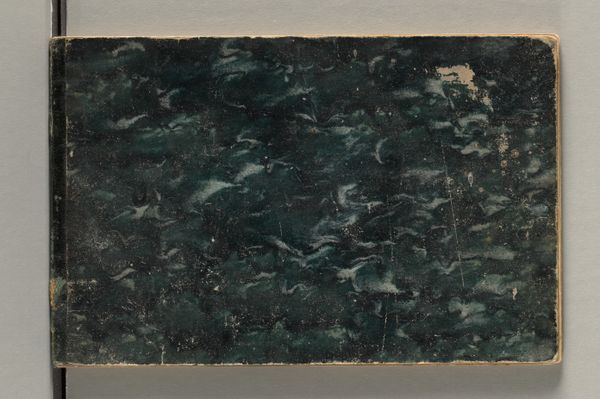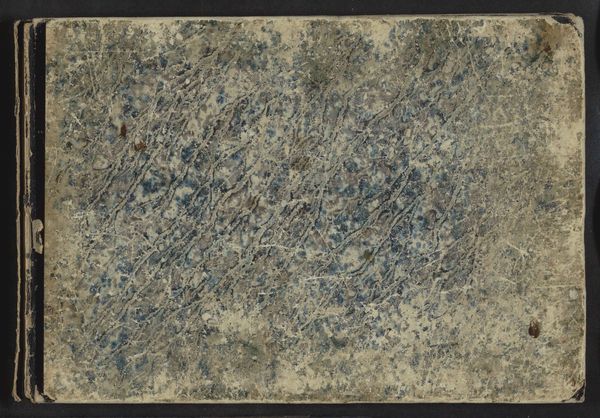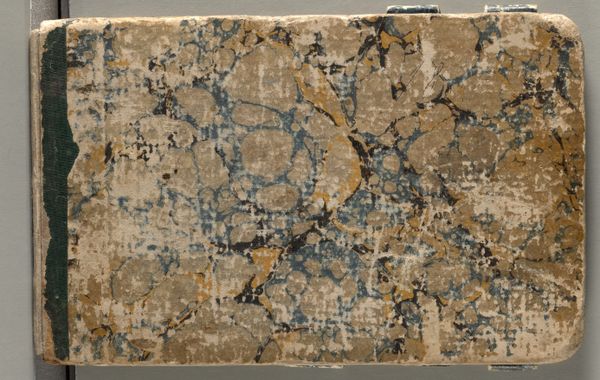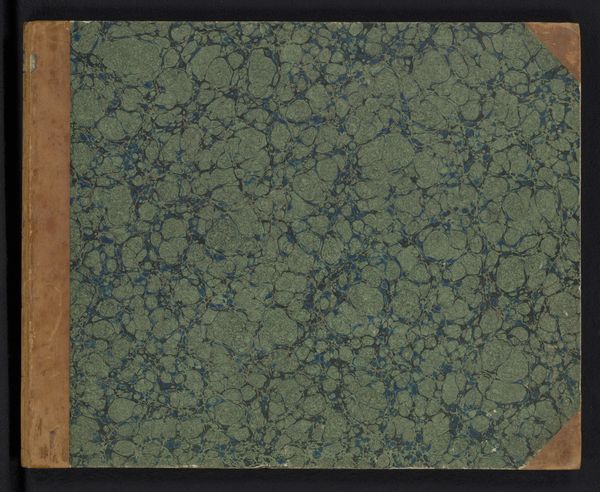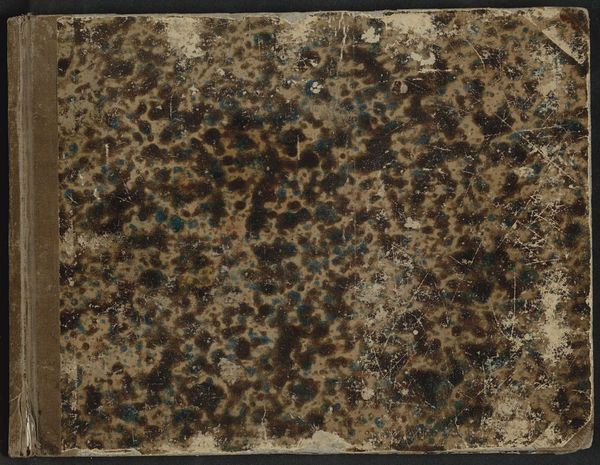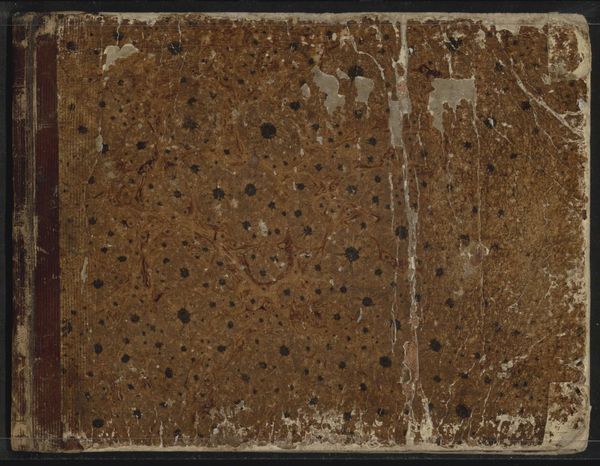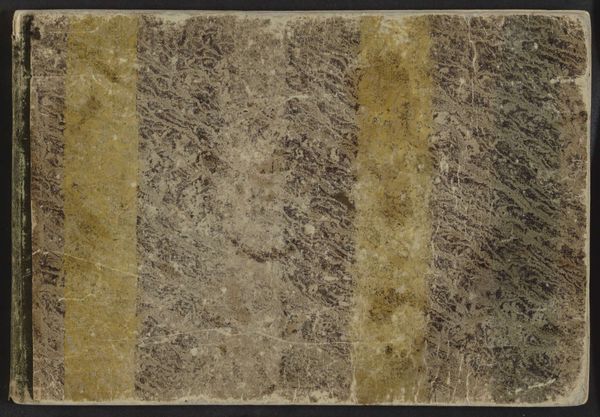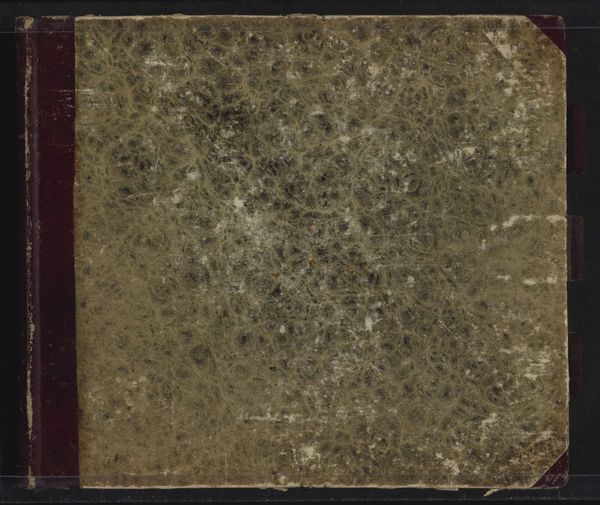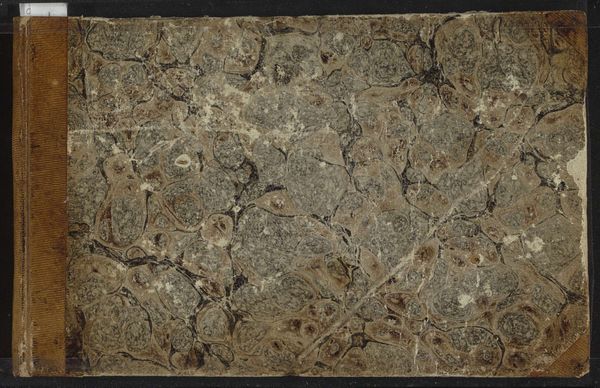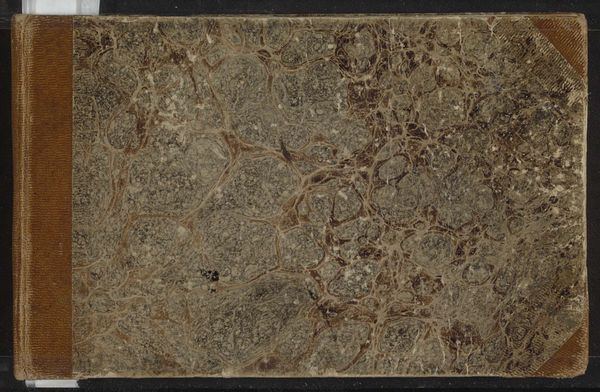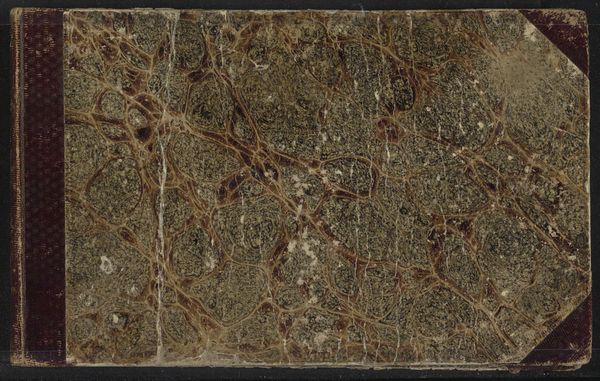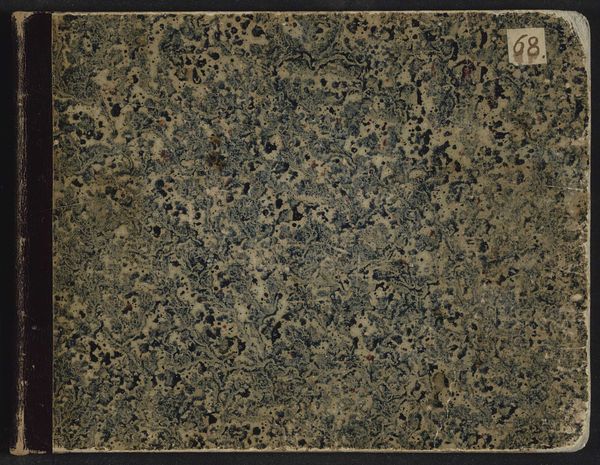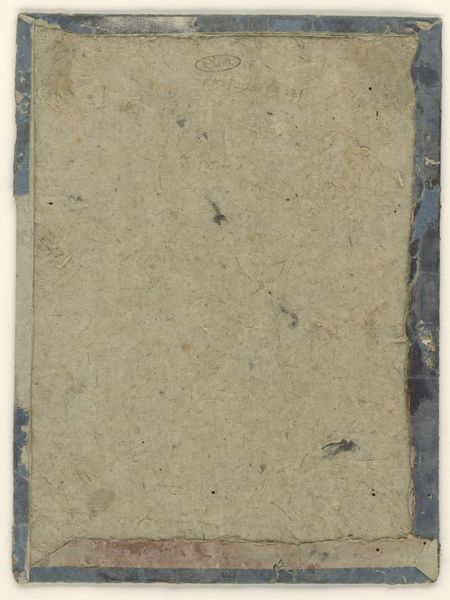
drawing, mixed-media, gouache, paper, ink, indian-ink, chalk, pastel
#
drawing
#
mixed-media
#
toned paper
#
gouache
#
paper
#
ink
#
indian-ink
#
romanticism
#
chalk
#
pastel
#
modernism
#
watercolor
Copyright: Public Domain
Karl Peter Burnitz’s sketchbooks were made in Germany during the 19th century. But what can this unassuming object tell us about its time? Sketchbooks are fascinating documents for social historians. They reveal the artist’s working methods, their day-to-day life, and the contemporary institutional forces that shaped their artistic practice. In Burnitz's case, his sketchbooks reveal his artistic training at the Städel Museum in Frankfurt. They provide insight into the role of museums in shaping artistic taste. While Burnitz would have absorbed the artistic styles and techniques favored by the Städel, his sketchbooks hint at something more. These private documents may reveal a space for exploration, experimentation and resistance to established norms. It allows us to consider the dynamic interplay between institutional influence and individual agency in shaping artistic expression. By exploring these kinds of primary source materials, we gain a richer understanding of the artist, and the world in which they lived. The history of art is about social and institutional contexts that shape artistic production.
Comments
stadelmuseum almost 2 years ago
⋮
Peter Burnitz drew in this undated sketchbook mainly with pencil. From time to time he also used black chalk or made chalk drawings. He coloured some of his pictures with a brush in watercolours, more rarely in white opaque colours. These colourful landscapes, mostly sketched quickly, are the main focus of this sketchbook. Their topography is not quite traceable, as they mostly show banks and field paths, tree-covered meadows and villages half covered by trees or visible on the horizon. In addition, Burnitz repeatedly studied animals – ducks, sheep, cows, harnessed horses, dogs and cats ‒, boats and ships as well as men and women in their everyday activities. These small sketches, unlike the landscape and town views, are rarely realised on full pages and almost never coloured. Instead, Burnitz draws them on one page, rotated by 90 or 180 degrees as required, with further sketches on one side, as he did many of the studies directly and with quick strokes in the sketchbook, which was obviously opened at random. He seems to have used the bound layers of tinted paper equally randomly, without paying particular attention to the effect of the coloured paper.Information on the date and place of the drawings is given by a French dealer’s label on the inside front cover and the only information about a location “3 Eichenhein” (page 15 recto), which Burnitz noted below a drawing. They suggest that Burnitz, who lived in Paris from 1848 to 1857, had acquired the book from a dealer in Fontainebleau at that time and had possibly already used parts of it, before returning to his home town Frankfurt in 1857. From here, he might have made hikes through the surrounding area: among others to Dreieichenhain, today a district of Dreieich, and to Kronberg im Taunus (sheet 11 recto).For a full sketchbook description, please see “Research”.
Join the conversation
Join millions of artists and users on Artera today and experience the ultimate creative platform.
